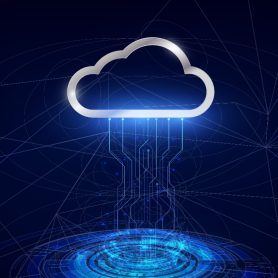SAP S/4HANA: Maximize ROI and Mitigate Risk With MuleSoft Data Integration
Enterprise technology moves fast. In the modern workplace, CIOs and IT leaders’ roles have significantly changed. They are no longer solely responsible for managing
APIs, Connectors, and Integration Applications: How They Differ
When first approaching integrations, you may be met with several terms that differ in meaning within the application space versus integration space, which can
Top 6 microservices patterns
Once considered one of the hottest up-and-coming technologies, microservices have now seen widespread adoption as a way to deconstruct the large, complex infrastructures within
Oracle ERP Cloud integration patterns 101: How to use a decision matrix to design integration patterns
This article is part one of the Oracle Enterprise Resource Planning (ERP) Cloud integration patterns three-part series focusing on Oracle ERP Cloud integration fundamentals.
What is iPaaS? Explaining integration platform as a service
Businesses are feeling the ever-increasing pressure to deliver on digital experiences for their customers. Whether that’s financial services providing enhanced digital payments, healthcare organizations
Top 10 integration patterns for enterprise use cases
Did you know that organizations generate 27% of their revenue from APIs and related implementations, but only 18% of organizations say they can integrate
Top 5 Salesforce integration patterns and solutions
Salesforce holds your customer information — but it can’t be the source of everything. You may have order management or inventory data in SAP, other
3 types of API fragments design strategies
Mary Joy Sabal, MuleSoft Practice Lead at Datacom, is a multi-MuleSoft Certified Developer and Architect and MuleSoft Ambassadress. She frequently speaks at Meetups and
5 ways to apply reuse beyond APIs
Reuse is not a new buzzword in the industry. Reuse that’s driven by API-led connectivity has accelerated project development, time-to-market, and improved the overall
5 ways to publish and consume JMS messages using Mule 4
The communication between enterprise applications can be categorized as synchronous and asynchronous. Synchronous communication means that both client and server must be available at






















